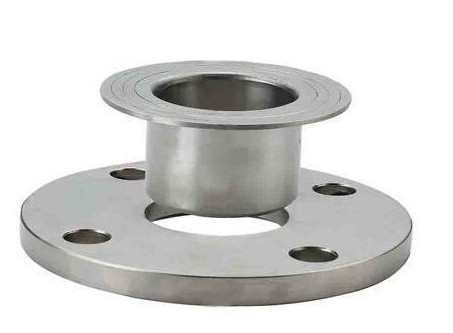Flanges are critical components in piping systems, used to connect pipes, valves, pumps, and other equipment to form a secure and leak-proof system. They provide a reliable means for assembling and disassembling piping systems for maintenance, inspection, or modification. This technical article explores the types, specifications, materials, and applications of flanges, with detailed parameters to support engineers, procurement specialists, and industry professionals in selecting the appropriate flange for specific systems.
Understanding Flanges: Definition and Purpose
A flange is a flat, circular disk with bolt holes around its perimeter, typically used to connect two pipes or a pipe to a piece of equipment. Flanges are designed to ensure a tight seal under pressure, temperature, and environmental conditions. They are integral to industries such as oil and gas, chemical processing, water treatment, and power generation. The primary purposes of flanges include connecting components, providing structural support, and facilitating easy access for maintenance.
Flanges are manufactured to meet specific standards, such as those set by the American Society of Mechanical Engineers (ASME), American National Standards Institute (ANSI), and International Organization for Standardization (ISO). These standards ensure compatibility, safety, and performance across various applications.
Types of Flanges
Flanges come in various types, each designed for specific applications based on pressure, temperature, and connection requirements. Below is a detailed overview of the most common flange types used in industrial applications.
| Flange Type | Description | Common Applications |
|---|---|---|
| Weld Neck Flange | Features a long, tapered hub that is welded to the pipe, providing high strength and resistance to deformation under high pressure. | High-pressure piping systems, oil and gas pipelines, refineries. |
| Slip-On Flange | Slips over the pipe and is welded on both sides, offering ease of installation but lower strength compared to weld neck flanges. | Low-pressure systems, water treatment, HVAC systems. |
| Socket Weld Flange | Designed for small-diameter, high-pressure pipes, with the pipe inserted into a socket and welded. | Chemical processing, high-pressure hydraulic systems. |
| Blind Flange | Used to seal the end of a pipe or vessel, with no central bore, ideal for isolating systems. | Pressure testing, pipeline termination, storage tanks. |
| Lap Joint Flange | Used with a stub end, allowing easy alignment and disassembly, suitable for systems requiring frequent maintenance. | Corrosive environments, systems needing frequent inspection. |
| Threaded Flange | Features internal threads to connect to threaded pipes, eliminating the need for welding. | Low-pressure, non-critical systems, small-diameter piping. |
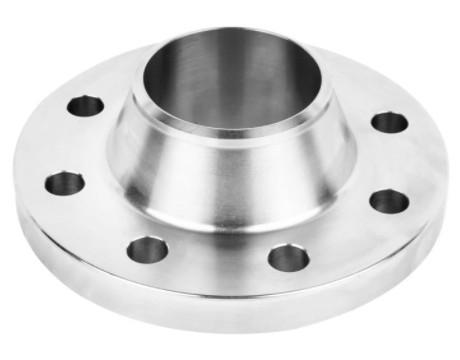
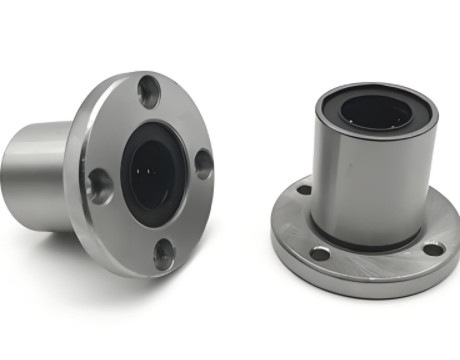
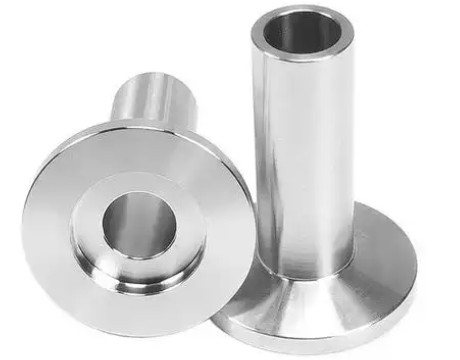
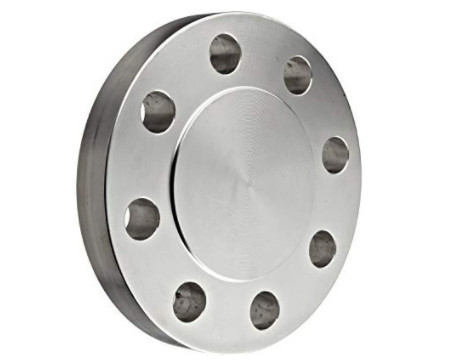
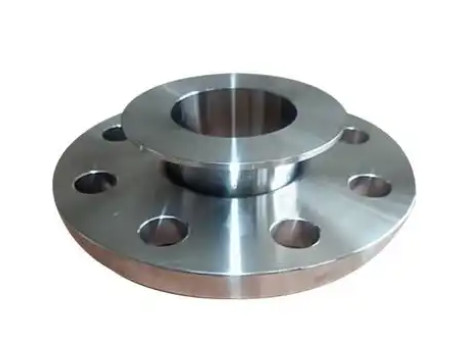
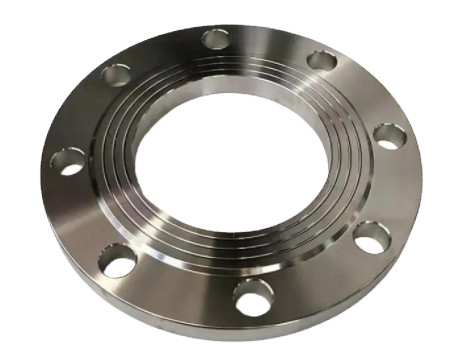
Flange Specifications and Standards
Flanges are manufactured to precise specifications to ensure compatibility and performance. Key standards include ASME B16.5 for pipe flanges and flanged fittings, ASME B16.47 for large-diameter steel flanges, and ISO 7005 for metallic flanges. These standards define dimensions, pressure ratings, and material requirements.
Pressure ratings are categorized into classes, such as Class 150, 300, 600, 900, 1500, and 2500, which indicate the maximum pressure a flange can withstand at a given temperature. For example, a Class 150 flange is rated for approximately 285 psi at ambient temperature, while a Class 2500 flange can handle up to 4730 psi.
| Pressure Class | Nominal Pressure (psi) | Typical Applications |
|---|---|---|
| Class 150 | 285 | Low-pressure systems, water distribution |
| Class 300 | 740 | Moderate-pressure systems, chemical processing |
| Class 600 | 1480 | High-pressure systems, oil and gas |
| Class 900 | 2220 | High-pressure pipelines, refineries |
| Class 1500 | 3705 | Critical high-pressure applications |
| Class 2500 | 4730 | Extreme-pressure systems, offshore platforms |
Material Selection for Flanges
The choice of material for a flange depends on the operating environment, including temperature, pressure, and the nature of the fluid being transported. Common materials include:
- Carbon Steel: Widely used for its strength and affordability, suitable for non-corrosive environments. Common grades include ASTM A105 and A350 LF2.
- Stainless Steel: Offers corrosion resistance for aggressive environments, such as chemical processing. Common grades include ASTM A182 F304 and F316.
- Alloy Steel: Used in high-temperature and high-pressure applications, such as power plants. Common grades include ASTM A182 F11 and F22.
- Nickel Alloys: Ideal for extreme corrosion resistance, used in industries like marine and petrochemical. Common grades include Inconel 625 and Hastelloy C276.
Material selection must also consider compatibility with the pipe material to prevent galvanic corrosion and ensure a secure connection. For example, a stainless steel flange paired with a carbon steel pipe may require a dielectric union to prevent corrosion.
Flange Facing and Gasket Compatibility
Flange facing refers to the surface finish of the flange where it contacts the gasket. The facing type affects the sealing performance and is chosen based on the application. Common facing types include:
- Flat Face (FF): A smooth, flat surface used in low-pressure applications with non-metallic gaskets.
- Raised Face (RF): Features a raised ring around the sealing surface, suitable for higher-pressure systems with metallic or composite gaskets.
- Ring Type Joint (RTJ): Uses a metallic ring gasket for high-pressure and high-temperature applications, common in oil and gas.
- Tongue and Groove (T&G): Provides precise alignment and enhanced sealing, used in specialized systems.
Gasket selection is critical to achieving a leak-proof seal. Gaskets must be compatible with the flange material, facing type, and operating conditions. Common gasket materials include rubber, PTFE, graphite, and metal (e.g., spiral wound gaskets).
Applications of Flanges in Industrial Systems
Flanges are used across a wide range of industries due to their versatility and reliability. Key applications include:
- Oil and Gas: Flanges connect pipelines for crude oil, natural gas, and refined products, often in high-pressure and corrosive environments.
- Chemical Processing: Flanges handle corrosive fluids and high temperatures, requiring materials like stainless steel or nickel alloys.
- Power Generation: Flanges are used in steam, water, and gas systems in power plants, often under high-pressure and high-temperature conditions.
- Water Treatment: Flanges connect pipes in water distribution and wastewater systems, typically using low-pressure Class 150 flanges.
- HVAC Systems: Flanges connect ducting and piping in heating, ventilation, and air conditioning systems, often using slip-on or threaded flanges.
Installation and Maintenance Considerations
Proper installation and maintenance of flanges are critical to ensuring system integrity. Key considerations include:
- Bolt Tightening: Bolts must be tightened in a cross-pattern sequence to ensure even pressure distribution and prevent gasket failure. Torque values depend on the flange size, pressure class, and gasket type.
- Alignment: Misalignment during installation can cause leaks or stress on the flange, leading to premature failure.
- Inspection: Regular inspection for corrosion, wear, or gasket degradation is essential, particularly in high-pressure or corrosive environments.
- Storage: Flanges should be stored in a dry, clean environment to prevent corrosion or damage to the sealing surface.
While no significant pain points are inherent to flange selection or use when proper standards are followed, improper material selection or installation errors can lead to issues such as leaks, corrosion, or system downtime. Adhering to industry standards and conducting regular maintenance mitigates these risks.
Flange Manufacturing and Quality Control
Flanges are manufactured through processes such as forging, casting, or machining, depending on the material and application. Forged flanges are preferred for high-pressure systems due to their superior strength and uniformity. Quality control measures include dimensional inspections, material testing, and pressure testing to ensure compliance with standards like ASME B16.5.
Non-destructive testing (NDT) methods, such as ultrasonic testing or magnetic particle inspection, are used to detect internal defects or surface cracks. Manufacturers also provide certifications, such as Material Test Reports (MTRs), to verify compliance with specifications.
Conclusion
Flanges are essential components in industrial piping systems, offering versatility, reliability, and ease of maintenance. By understanding the types, specifications, materials, and applications of flanges, engineers and professionals can make informed decisions to ensure system performance and safety. Adhering to industry standards and proper installation practices is critical to maximizing the lifespan and efficiency of flange connections.
Flanges FAQ
What is a Flange?
A flange is a flat, circular disc or ring used to connect pipes, valves, pumps, and other equipment in a piping system. It provides a way to attach or detach components for maintenance, inspection, or system modifications while ensuring a sealed connection.
What causes flange leaks?
Improper gasket installation or selection.
Uneven bolt tightening.
Damaged flange faces.
Corrosion or erosion of the flange or gasket.
Exceeding pressure or temperature ratings.
How to select the right flange for specific conditions?
Pressure/Temperature: Choose a flange with a rating exceeding the maximum operating conditions.
Medium: Consider corrosion resistance (e.g., stainless steel for acidic media).
Installation Space: Threaded or slip-on flanges for tight spaces.
Frequency of Disassembly: Use blind flanges or quick-release couplings for frequent maintenance.
What's the difference between PN and Class pressure ratings?
PN (Metric): Based on megapascals (MPa) or bars (e.g., PN16 = 16 bar).
Class (Imperial): Measured in pounds per square inch (psi) (e.g., Class 150 ≈ 2,200 psi).
Conversion between systems requires referencing specific standards (e.g., ASME B16.5).
What are the main components of a flange?
Flange Face: The surface that comes into contact with the gasket and opposing flange.
Bolt Holes: Holes drilled around the circumference for inserting bolts to secure the flange pair.
Hub/Neck (for some types): A protruding section that strengthens the connection, especially in high-pressure applications.
Gasket Surface: The area where the gasket sits to create a leak-proof seal.
